What are Ethscriptions, and how do they compare to Ordinals?
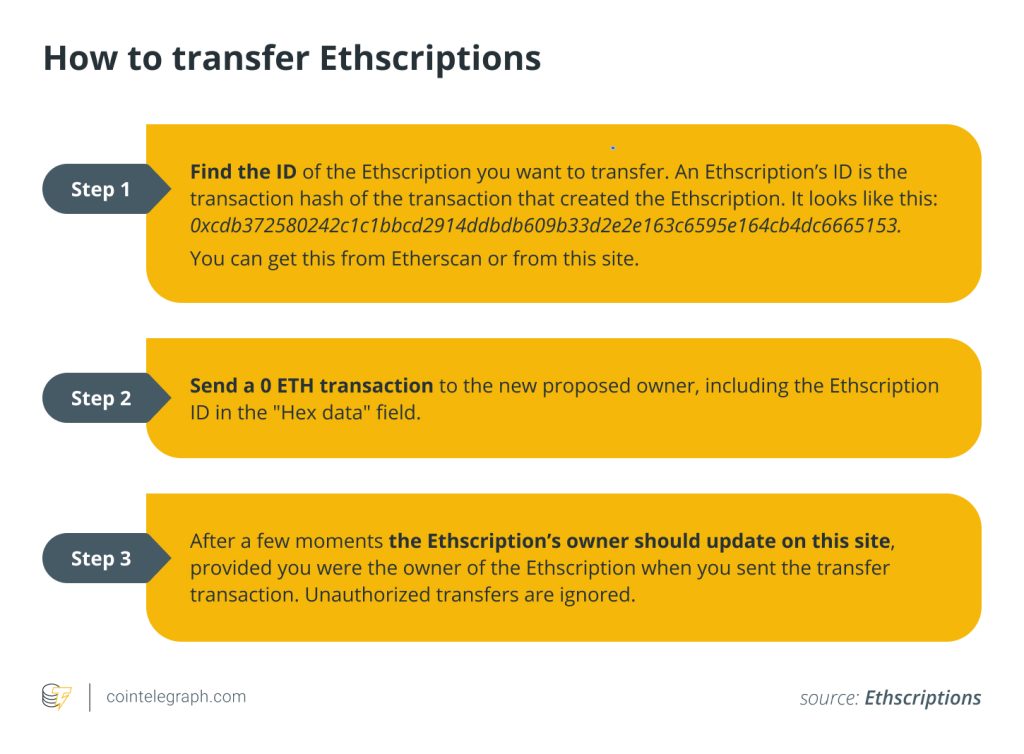

Over the years, the crypto space has developed the habit of inventing and reinventing itself through bull and bear markets. This cycle has been no different. Despite the challenges of 2022 and the billions of dollars in liquidity exiting the space, builders have continued to innovate.
The Ethereum community’s innovation was a defining feature of the previous crypto cycle. Decentralized finance (DeFi), nonfungible tokens (NFTs) and the Ethereum Name Service (ENS) created significant hype and a flow of liquidity into the Ethereum blockchain.
The rise of Bitcoin Ordinals, BRC20 tokens and Ethscriptions
The Bitcoin (BTC) proposition was almost limited to the “store of value” argument until 2023 brought a new innovation to the Bitcoin blockchain and its community. It started with the launch of Bitcoin Ordinals, which triggered a wave of enthusiasm and hype, followed by the launch of BRC-20 tokens in March 2023.
Related: How to create and sell Bitcoin NFTs
Bitcoin Ordinals are an innovation that has spurred some serious debate on the chain’s future across the community, keeping the largest cryptocurrency at the epicenter of discussions in 2023.
Almost as if in response to grabbing a slice of attention, Ethscriptions were launched on the Ethereum blockchain on June 16, 2023. Ethscriptions creator, Tom Lehman, announced the launch on Twitter, along with Ethereum Punks.
What is an Ethscription?
An Ethscription is an innovation that helps create on-chain digital artifacts. It uses a unique reference identifier for data encoded within an Ethereum transaction. In contrast to NFTs that use ERC-721, Ethscriptions are stored at the transaction level. In an Ethscription, digital artifacts are created within transaction calldata.
Calldata is a container for data transmitted alongside an Ethereum transaction. Storing a uniform resource identifier (URI) within transaction data is not a recent development, though. Back in 2016, an experiment involved storing a URI within Ethereum calldata. However, the emergence of Ethscriptions has garnered greater attention due to its introduction after Bitcoin Ordinals surpassed 13 million inscriptions.
The launch of Ethscriptions was also combined with the introduction of Ethereum Punks to demonstrate how digital collectibles could be stored on Ethereum. Within four days of launch, there were over 140,000 Ethscriptions.
How are Ethscriptions different from ERC-721 NFTs?
ERC-721 was proposed as an improvement to the ERC-20 standard, which is primarily used for fungible tokens. Unlike ERC-20 tokens, each ERC-721 token is distinct and cannot be exchanged one-to-one. This uniqueness makes ERC-721 tokens suitable for representing individual, one-of-a-kind assets.
Two key aspects of Ethscriptions make them different from traditional NFTs. Ethscriptions are stored within transaction calldata, as previously mentioned. Storage at the transaction level could potentially make Ethscriptions cheaper than NFTs.
Also, Ethscriptions do not hold any smart contract logic, making them less composable than traditional NFTs. However, Ethscription storage mechanics might be their biggest Achilles heel. The Ethereum “Purge” update has a proposal, EIP-4444, to trim down transaction calldata, potentially affecting the longevity of the Ethscription storage model.
Related: Fungible vs. nonfungible tokens: What is the difference?
How to create and transfer an Ethscription?
Much like the initial days of Bitcoin Ordinals, Ethscriptions still have a basic user experience for those who want to indulge in creating and trading these assets.
How to create an Ethscription?
These are the steps to follow to create Ethscriptions.
- Ethscriptions.com is the website that provides users with the tools to create an Ethscription.
- When users click on the “Create Ethscriptions” option on the website’s homepage, they are shown a page where they can upload an image to be “Ethscribed.”

- Users looking to Ethscribe would need to connect an Ethereum wallet application like MetaMask.
- Once the wallet is connected, images of up to 96KB can be uploaded from the user’s laptop.
- Users then press the “Ethscribe” button and sign the transaction from their wallet to create the Ethscription.
How to transfer an Ethscription?
Transferring an Ethscription to another wallet involves a manual procedure outlined explicitly on the Ethscriptions.com website. Essentially, users initiate a 0 Ether (ETH) transaction to the recipient’s wallet, including the Ethscription ID in the “Hex data” field of the transaction. The Ethscription ID corresponds to the original transaction hash responsible for creating the Ethscription.

The Future of Ethscriptions
There are several possibilities for Ethscriptions. As an Ordinal-inspired innovation on Ethereum, this technology has seen early traction among crypto users. However, at a point in time when liquidity within NFTs and the digital collectible market is low, this could just be a short-term attraction for liquidity.
Also, the longevity of this model could have risks due to the Ethereum Purge release proposal, but crypto innovation over the years has typically incentivized early adopters. Only time will tell if Ethscriptions will become another pump-and-dump story or if the Ethereum community can create a meaningful long-term narrative around it to challenge Bitcoin Ordinals.
Written by Arunkumar Krishnakumar

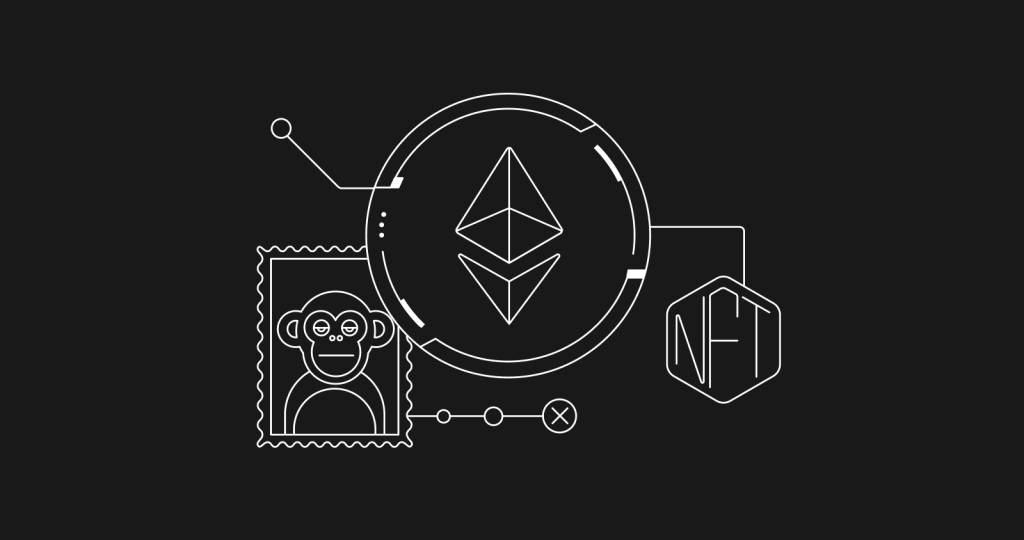
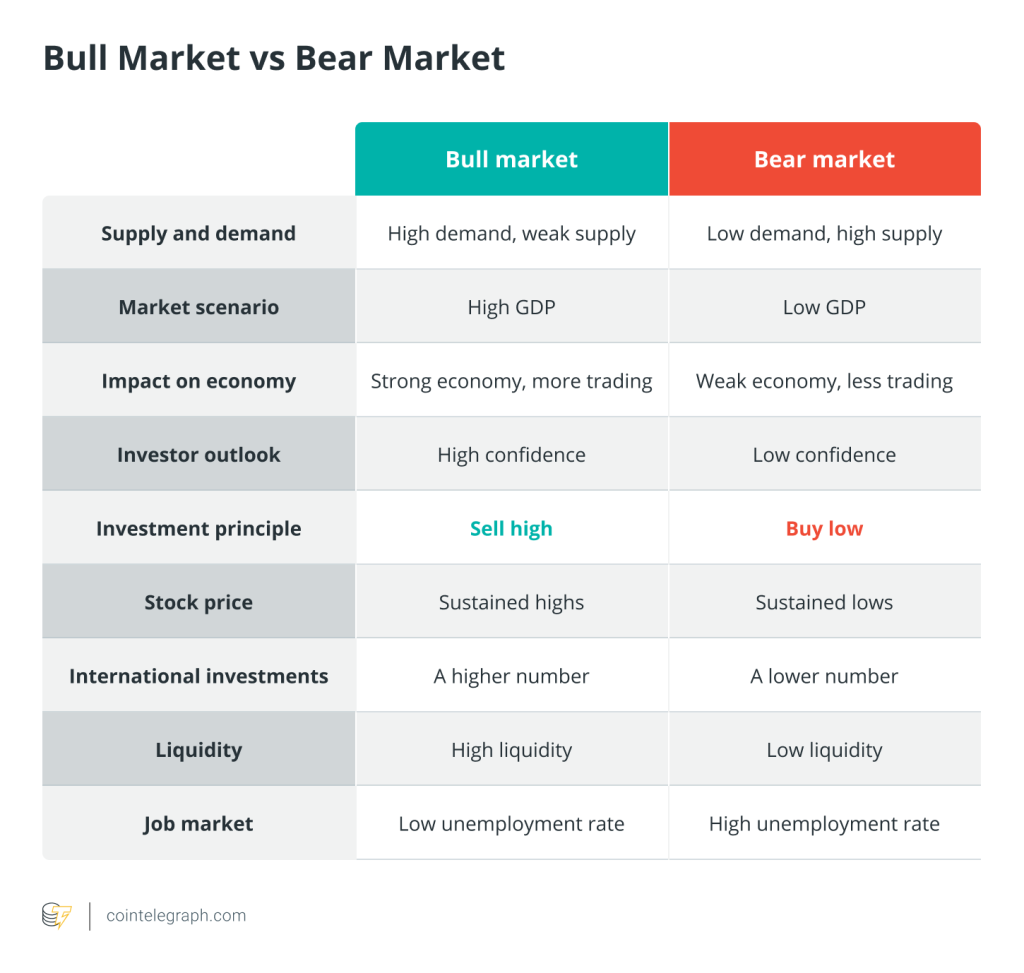
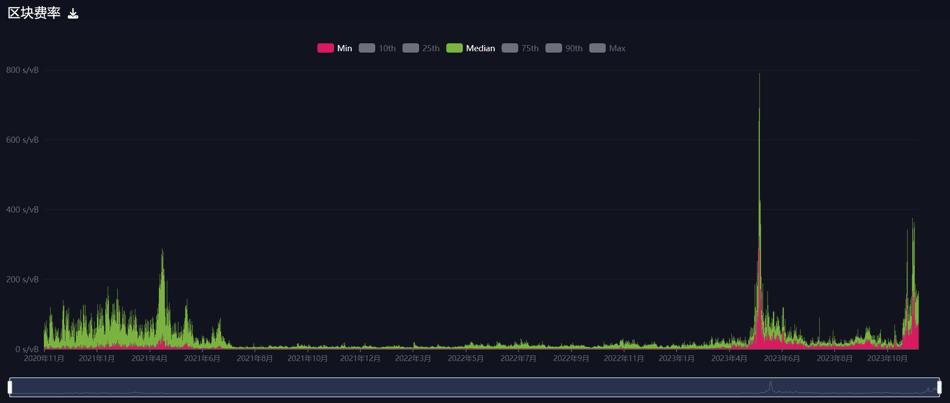
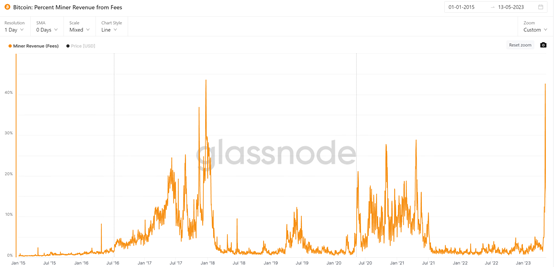

… [Trackback]
[…] Info on that Topic: x.superex.com/academys/beginner/2495/ […]
… [Trackback]
[…] Here you can find 66528 additional Information to that Topic: x.superex.com/academys/beginner/2495/ […]
… [Trackback]
[…] Read More here on that Topic: x.superex.com/academys/beginner/2495/ […]
… [Trackback]
[…] Info to that Topic: x.superex.com/academys/beginner/2495/ […]
… [Trackback]
[…] Read More here to that Topic: x.superex.com/academys/beginner/2495/ […]
… [Trackback]
[…] Find More on on that Topic: x.superex.com/academys/beginner/2495/ […]
… [Trackback]
[…] Find More here on that Topic: x.superex.com/academys/beginner/2495/ […]
… [Trackback]
[…] Info to that Topic: x.superex.com/academys/beginner/2495/ […]
… [Trackback]
[…] Read More to that Topic: x.superex.com/academys/beginner/2495/ […]
… [Trackback]
[…] Here you can find 34805 additional Information to that Topic: x.superex.com/academys/beginner/2495/ […]
… [Trackback]
[…] Info on that Topic: x.superex.com/academys/beginner/2495/ […]
… [Trackback]
[…] There you can find 24562 more Info to that Topic: x.superex.com/academys/beginner/2495/ […]
… [Trackback]
[…] There you will find 84619 more Information on that Topic: x.superex.com/academys/beginner/2495/ […]
… [Trackback]
[…] Find More to that Topic: x.superex.com/academys/beginner/2495/ […]
… [Trackback]
[…] Here you will find 23864 additional Info on that Topic: x.superex.com/academys/beginner/2495/ […]
… [Trackback]
[…] There you will find 46314 more Info to that Topic: x.superex.com/academys/beginner/2495/ […]
… [Trackback]
[…] Info on that Topic: x.superex.com/academys/beginner/2495/ […]
… [Trackback]
[…] There you will find 54965 more Information on that Topic: x.superex.com/academys/beginner/2495/ […]
… [Trackback]
[…] Info on that Topic: x.superex.com/academys/beginner/2495/ […]
… [Trackback]
[…] Information on that Topic: x.superex.com/academys/beginner/2495/ […]
… [Trackback]
[…] Read More on to that Topic: x.superex.com/academys/beginner/2495/ […]
… [Trackback]
[…] Here you will find 68546 additional Info on that Topic: x.superex.com/academys/beginner/2495/ […]
… [Trackback]
[…] There you will find 27769 more Info to that Topic: x.superex.com/academys/beginner/2495/ […]
… [Trackback]
[…] Info to that Topic: x.superex.com/academys/beginner/2495/ […]
… [Trackback]
[…] Here you will find 45376 more Information on that Topic: x.superex.com/academys/beginner/2495/ […]